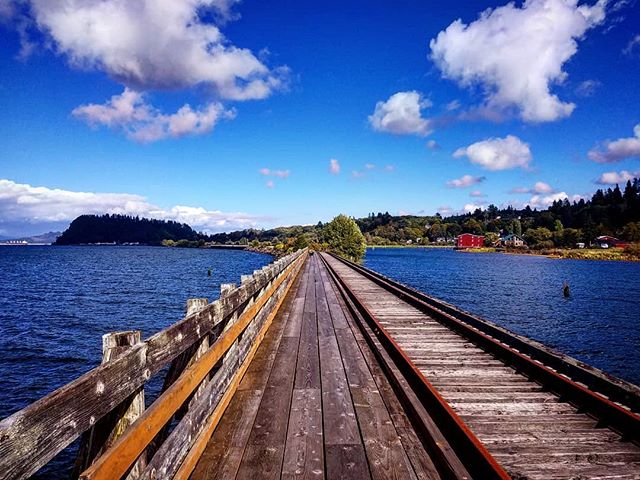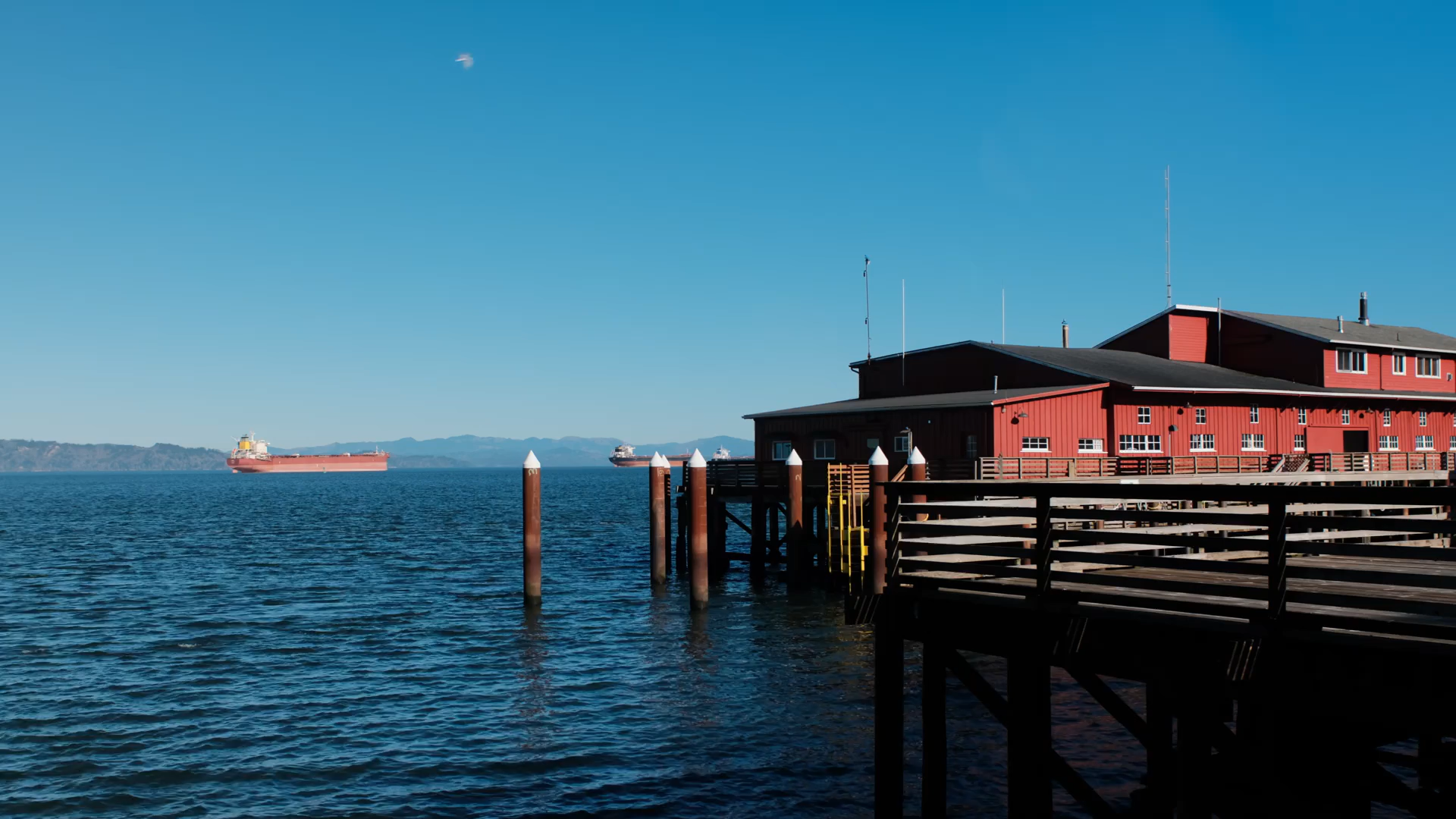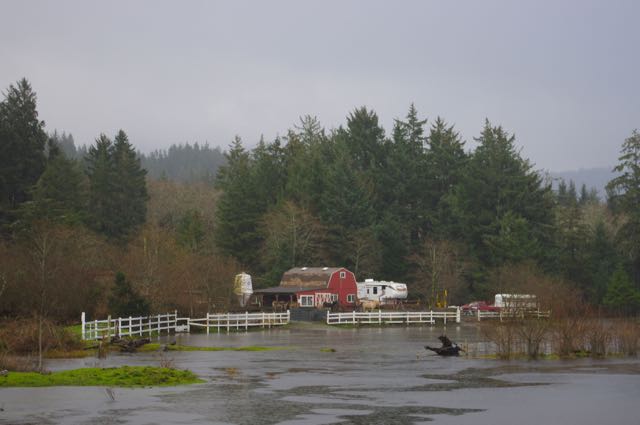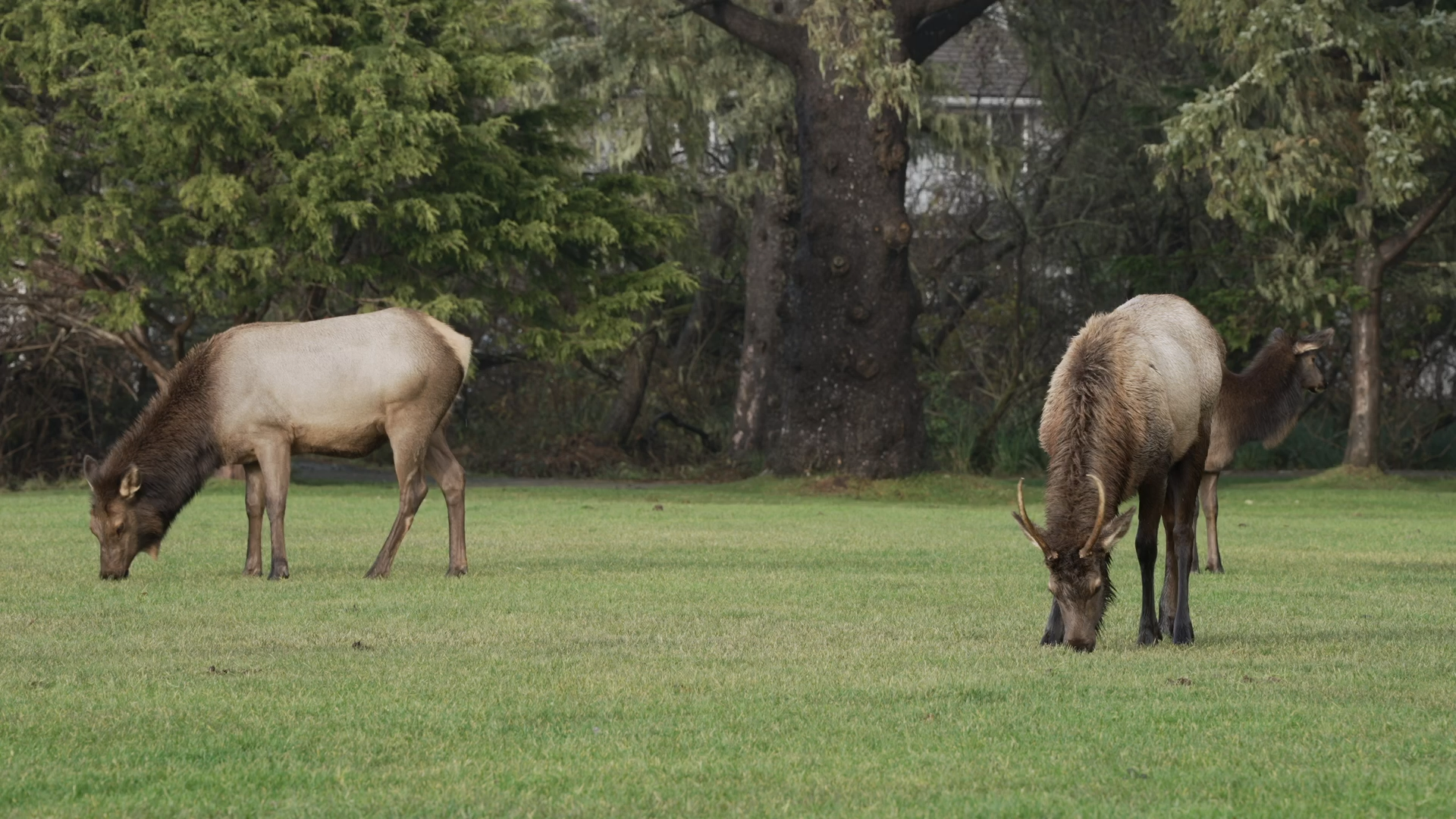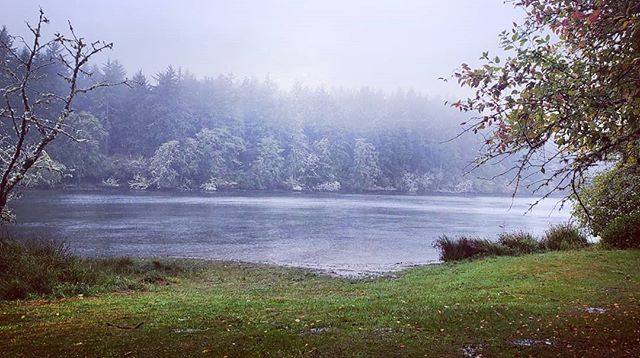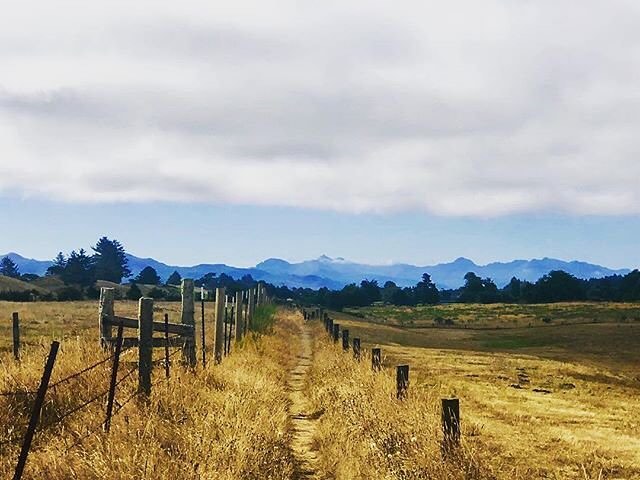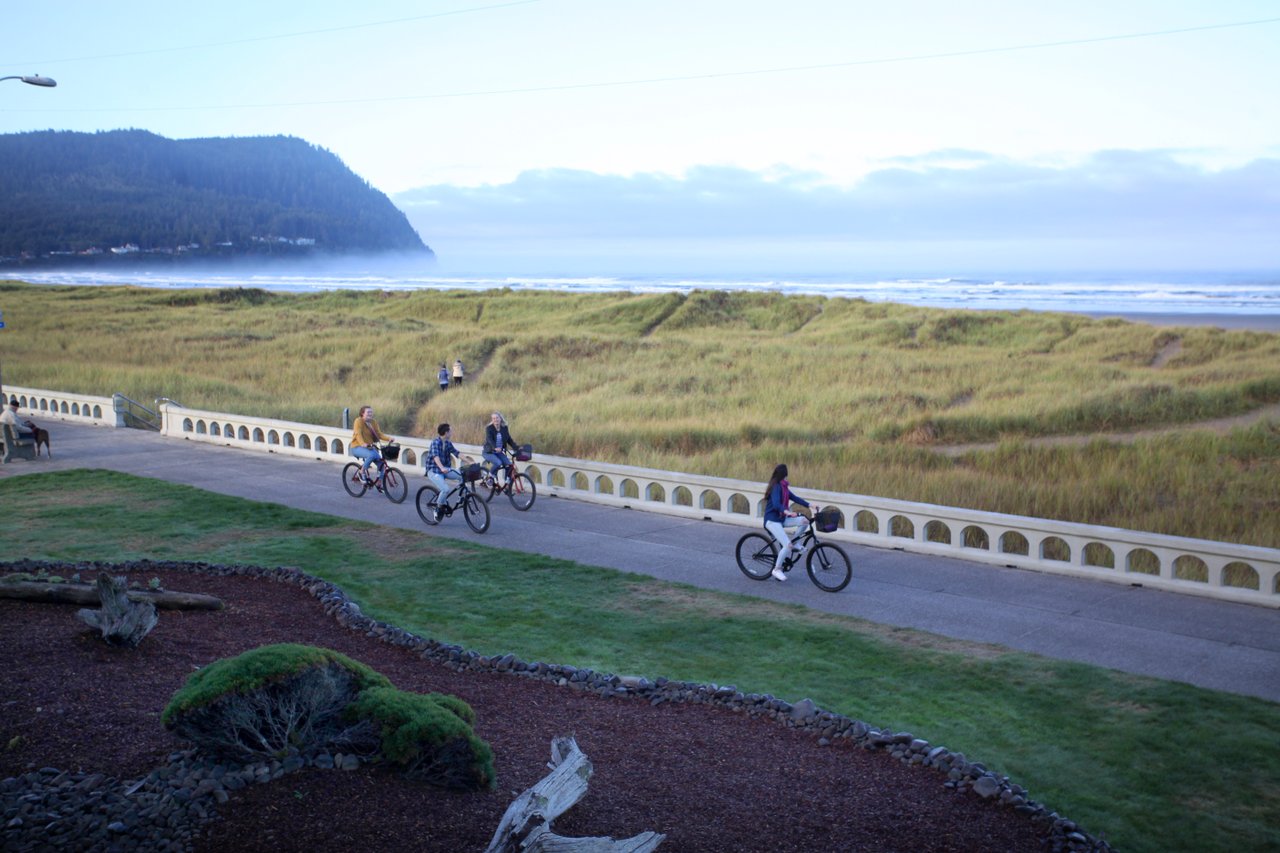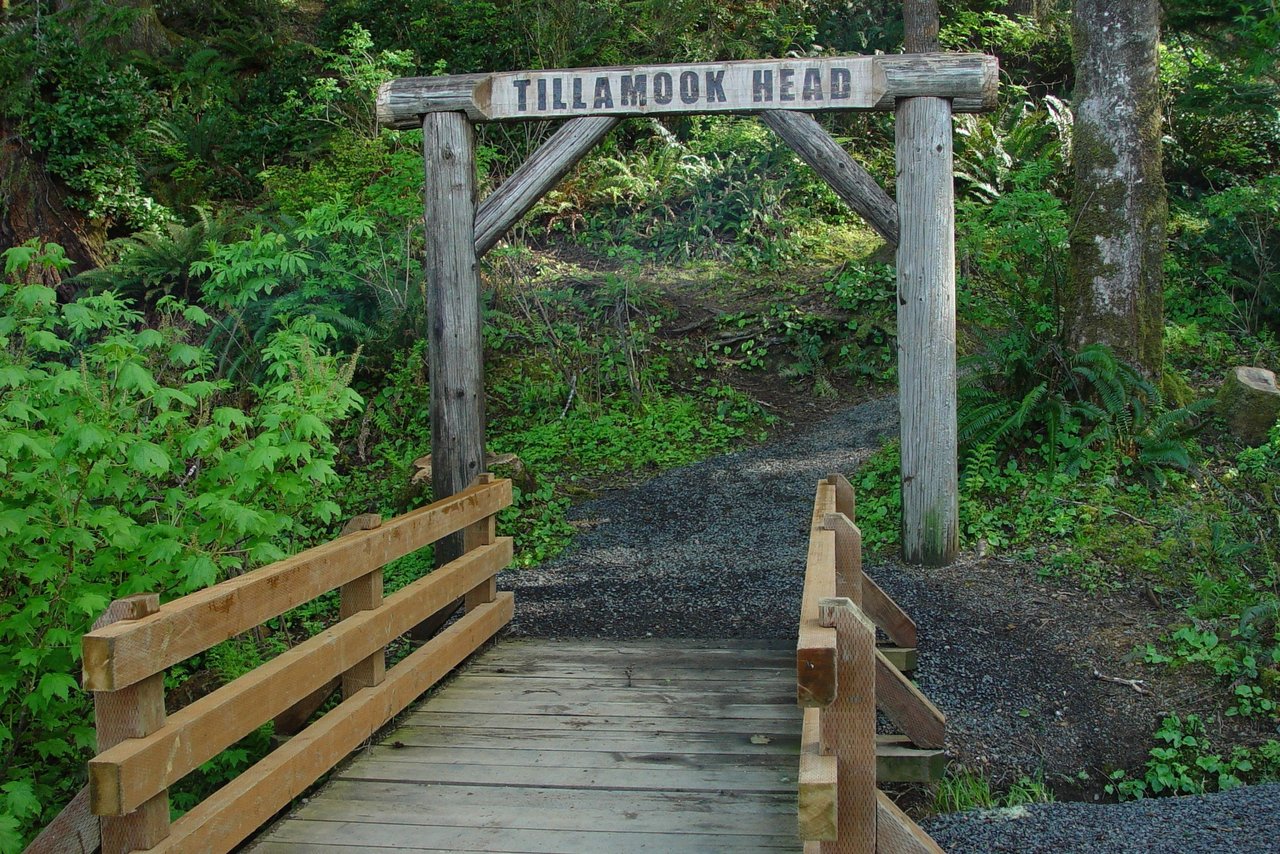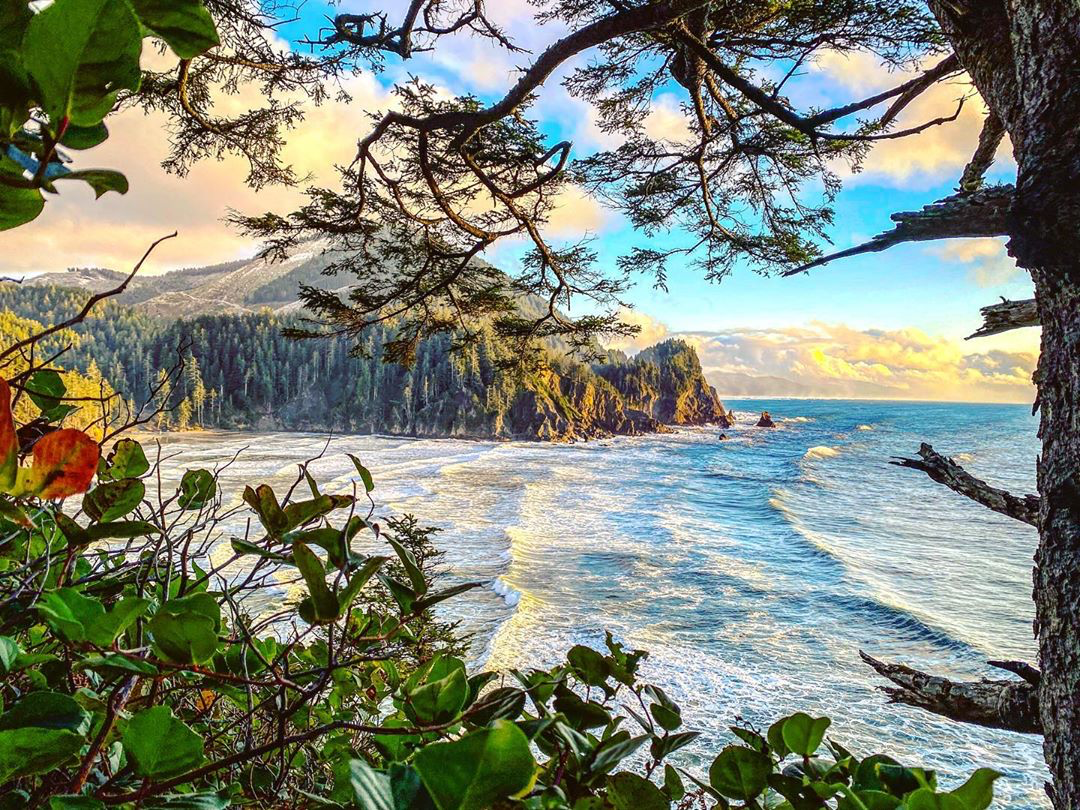
Oregon CoastTrails
Whether taking a scenic walk along the shore or scrambling up scree for panoramic views, there’s a hike waiting for you.
BEST OREGON COAST HIKING TRAILS
Interested in insider’s knowledge?
Get the local guide
FAQs: Oregon Coast Hiking
There are many great hiking trails on Oregon’s North Coast. Some of our favorites are the Ecola State Park Trails (such as hike to Indian Beach or the Crescent Beach Trail) near Cannon Beach, the Cathedral Tree Trail near Astoria, and Saddle Mountain which is more inland and about a 20-mile drive east of Seaside.
The Oregon Coast Trail runs from Fort Stevens State Park in Astoria down to Crissey Field State Recreation Site at the California Border. This is a 425-mile hike in total that should involve sufficient planning and preparation. While all hikers will move at a different speed, and rest or enjoy stops along the way for varying amounts of time, you can expect this hike to take approximately one month.
For Oregon Coast hiking, it’s important to pack layered clothing, waterproof boots, and a map or GPS device. The coastal weather can change quickly, so be prepared for varying conditions.
Easy and accessible hikes can be done without getting too far away from town. Consider Astoria’s riverwalk, Seaside’s Promenade, or Cannon Beach’s nature loop to enjoy some of the views around noteworthy towns on Oregon’s North Coast.
While Oregon Coast hiking, you may encounter wildlife such as elk, bald eagles, and marine animals like sea stars. The diverse ecosystem offers plenty of opportunities for wildlife observation.
Guided tours for Oregon Coast hiking are available and provide expert knowledge about the area’s history, flora, and fauna. These tours are great for enhancing your hiking experience, especially in unfamiliar areas.
The best time for Oregon Coast hiking is during the late spring through early fall, when the weather is milder and trails are more accessible. However, with proper gear and preparation, hiking can be enjoyed year-round, especially when the trails are less populated.

